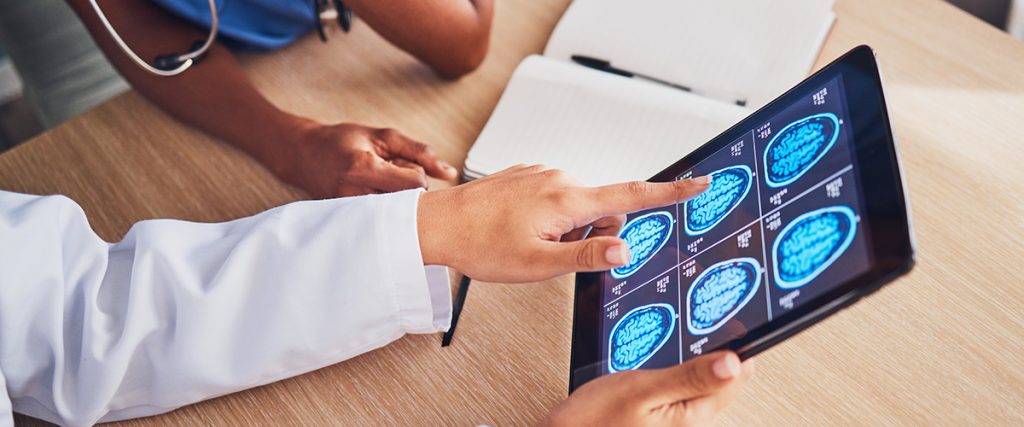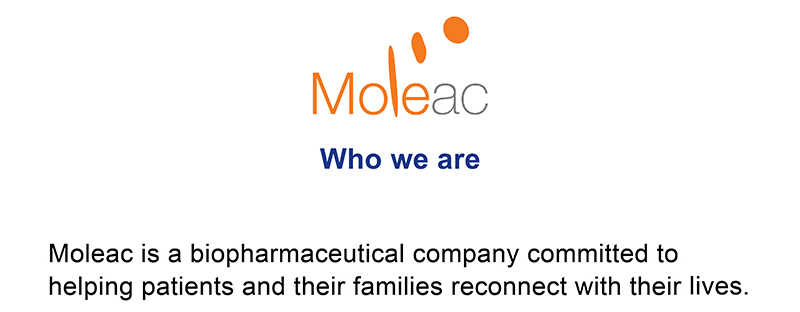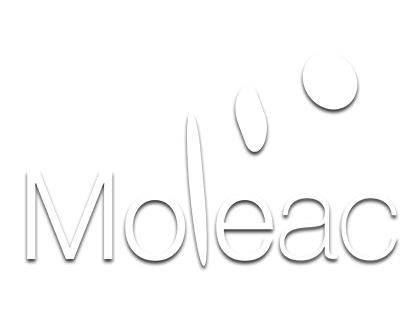

When a stroke or traumatic brain injury occurs, the neurological structure of the brain is severely damaged, leading to a loss of functions such as speaking, writing or walking. The types of deficits depend on the location of the lesion and its severity.
Even though some damages can’t be reversed, the brain naturally initiates several mechanisms to repair itself – this is called neurorepair. Natural processes known as neurorepair and neuroplasticity can help the brain repair itself over time. So how does it work?
You may learn more about neurorepair with Professor Christopher Chen, Associate Professor of Pharmacology at the Yong Loo Lin School of Medicine at the National University of Singapore and Director of the Memory Ageing and Cognitive Center at the National University Health System Singapore.


Neurorepair activates several mechanisms which are essential for a patient’s recovery such as:
- Inflammatory Response: Protects against further damages and supports the repair processes.
- Neurogenesis: Creates new neuronal cells to replace the damaged ones and strengthen the neuronal networks.
- Synaptogenesis: Makes new connections between surviving cells and newly generated neurons.
- Angiogenesis: Create new blood vessels and supplies the newly generated cells with oxygen and nutrients.
This list of mechanisms is not exhaustive and neurorepair remains a complex ability of our brains, allowing to restore the tissues following an injury.


Neurorepair can be further promoted by rehabilitation exercises and pharmaceutical products.
Rehabilitation exercises are designed to help the body relearn basic tasks of daily life. Each exercise retrains the brain and further encourages the restorative mechanisms to take place within the brain.
Multiple exercises exist to fit all individual situations and any type of deficits. Your treating physician or your rehabilitation doctor will define what exercises would suit you best, at which frequency and which intensity.
It is important to note that the journey through recovery can be long and challenging. Neurorepair is not an overnight process. Time is key, together with assiduity, in regards to the exercises and your motivation to get better.
Pharmacological products are also available to further promote the neurorepair mechanisms accelerating the recovery process together with the rehabilitation programs as recommended by the healthcare practitioners.
Neurorepair gives your brain
a second chance!
Follow us on social media!

Website: Moleac.com
Contact: [email protected]
This document does not constitute the practice of medical consultation nor medical advice.
Always seek the advice of your treating physician and/or specialist.
All Rights Reserved by Moleac Pte Ltd, Helios #09-08, 11 Biopolis Way, Singapore 138667


